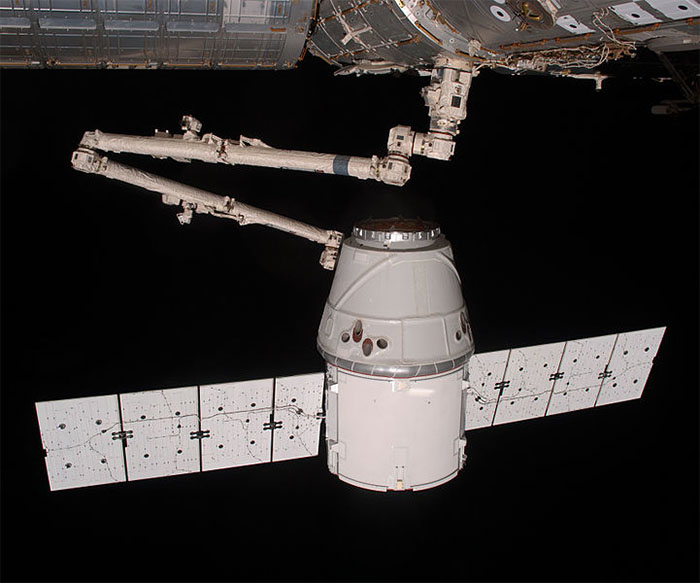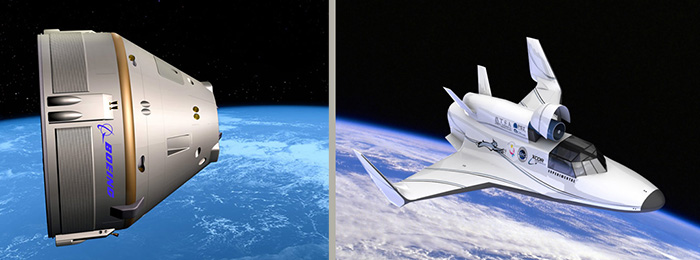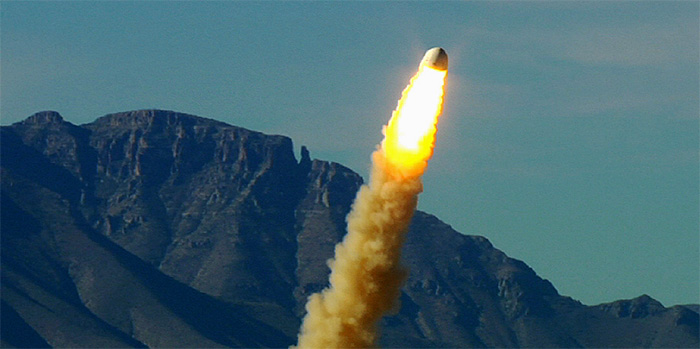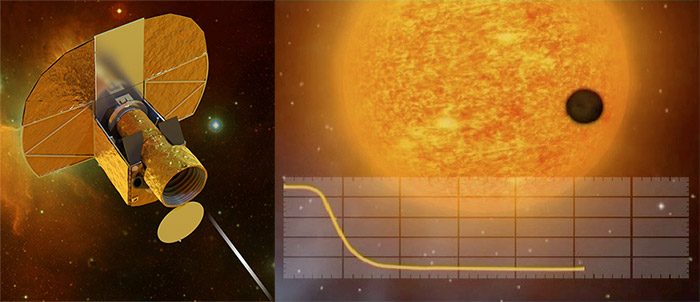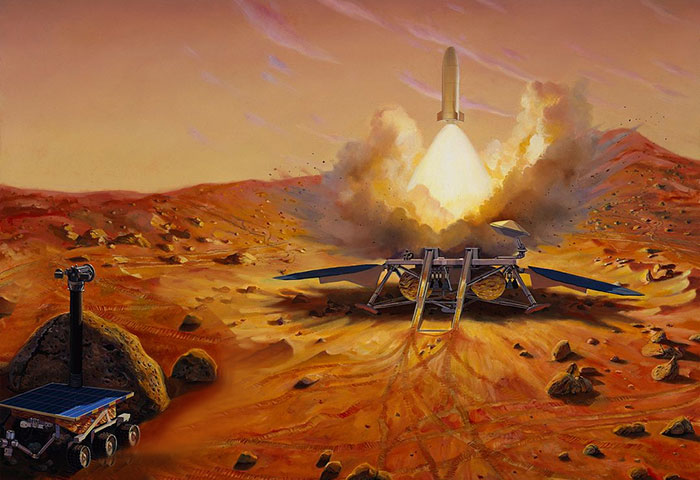We recently compared NASA’s $8 billion James Webb Space Telescope to the European Extremely Large Telescope, which will provide 6 times the resolution at 1/6 the price.
Soon afterward, we received a note from former NASA scientist-astronaut Ed Gibson, who operated the Apollo Telescope Mount during the Skylab 4 mission. Dr. Gibson thought we had understated the case: “The E-ELT has a second advantage over the JWST’s lower resolution and light collection area; it can be serviced as required; the JWST, unlike the HST, cannot be serviced insitu.”
To be fair, NASA is studying some ideas for in-space servicing of JWST, using the Orion capsule and Space Launch System. Impartial observers do not consider those ideas to be credible, however. An Orion mission to the Earth-Sun L-2 point, where JWST is to be located, would cost a minimum of $2 billion, for the launch alone. That assumes Orion and SLS are already developed and available when they are needed.
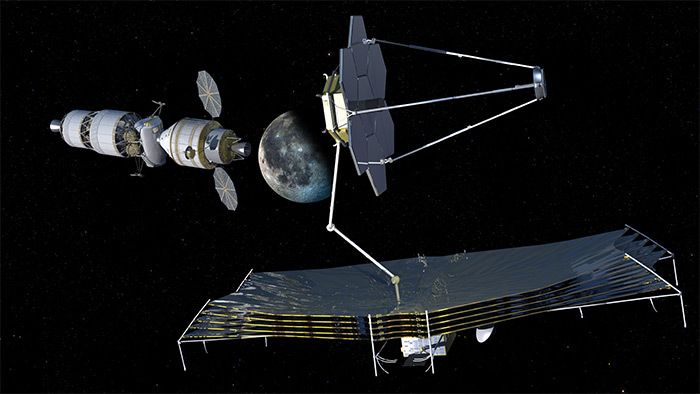
Beyond the matter of cost, there are all sorts of technical obstacles. The JWST is not designed for in-space servicing. The Orion capsule is not designed to provide a stable work platform for servicing missions. The L-2 point is located 1.5 million miles from Earth. At that distance, the round-trip time lag for communications is 16 seconds, limiting the ability of mission control to provide ground support during EVAs.
The United States needs to develop its ability to do in-space servicing in Low Earth Orbit and, eventually, in deep space. That ability needs to be developed in a sensible manner, however. Astronauts have been doing in-space maintenance and repairs since Skylab. The challenge now is to make in-space servicing cost-effective. Some will say robots are the answer, but robots are not a magic bullet. The 16-second time lag for communications at L-2 is an impediment for humans but a killer for robots. We need to develop a range of servicing methods, both human and robotic, but we also need to develop the supporting infrastructure including low-cost transportation to orbit, low-cost transportation in orbit, and appropriate, cost-effective on-orbit facilities. Most of this infrastructure will be developed commercially in the decades to come.
For now, it appears that NASA is trying to tie two expensive programs – JWST and Orion/SLS – together. That’s a strategy NASA has employed successfully in the past, with programs like the Space Shuttle and Space Station. It’s a dangerous strategy, however, which makes it harder for Congress to cancel one program but drives up overall costs. If Congress ever becomes serious about saving money, both programs will be in danger.

